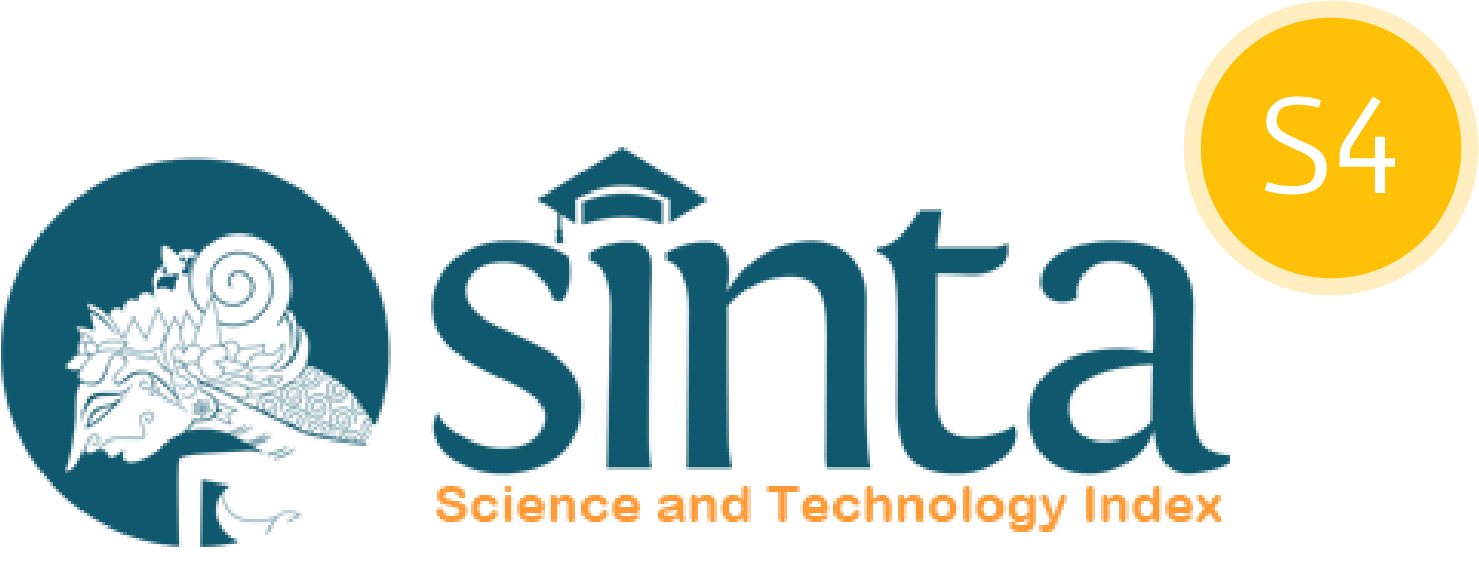Building Digital Competence among Elementary School Teachers Throughb Training in The Design of Augmented Reality (AR) and Artifial Intelegency (AI) Enhanced Learning Media
DOI:
10.29303/ujcs.v6i3.1171Published:
2025-09-30Issue:
Vol. 6 No. 3 (2025): SeptemberKeywords:
Digital Literacy, Augmented Reality, Artificial Intelligence, Learning Media, Community ServiceArticles
Downloads
How to Cite
Downloads
Metrics
Abstract
This Community Service Program (PKM) focused on enhancing the digital competencies of elementary school teachers through training in the development of learning media assisted by augmented reality (AR) and artificial intelligence (AI) technologies. The objective of this program was to strengthen teachers’ digital skills by providing both theoretical and practical training, accompanied by continuous evaluation. The service-learning approach was employed, covering socialization, workshops, hands-on practice, and evaluation. The evaluation results revealed that most teachers experienced significant improvement in designing and creating AR- and AI-assisted learning media. Moreover, their ability to operate and apply AR and AI tools increased substantially. Teachers were also able to produce innovative digital learning products and became more confident in integrating technology into their classrooms. Another notable outcome of this program was the establishment of a teachers’ learning community as a sustainable platform for further developing AR- and AI-assisted learning media. Overall, the findings demonstrate that the PKM activities had a positive impact by increasing teachers’ competencies in developing AR- and AI-based learning media that can be implemented in the teaching and learning process.
References
Ambiyar, A., Efendi, R., Waskito, W., Indra, I., Yanti, Y., & Wulandari, R. A. (2024). Mentoring and Training on Augmented Reality Learning Media Creation for Teachers of Special Schools in Dharmasraya Regency to Improve Teacher Competence. Journal of Human and Education, *4*(5). https://doi.org/10.31004/jh.v4i5.1521
Baker, T., & Smith, L. (2019). Educ-AI-tion Rebooted? Exploring the Future of Artificial Intelligence in Schools and Colleges. Nesta.
Goksu, I., & Al-Jubouri, R. H. (2020). Artificial intelligence in education: The future of teacher professional development. Procedia Computer Science, 178*,127-133. https://doi.org/10.1016/j.procs.2020.11.015
Ika, L., Nisa, Z., Ajiq, K., Astri, A., & Hermawan, I. M. (2024). Artificial Intelligence-Based Learning Media Creation Training to Improve Learning Quality at SMA Negeri 1 Torue. Jurnal Pengabdian Masyarakat Ipteks, *11*(1), 1–6. Retrieved from https://ejurnal.unmuhjember.ac.id/index.php/PENGABDIAN_IPTEKS/article/view/3829
Litts, B. K., & Lewis, W. E. (2019). Mobile Augmented Reality. GetMobile: Mobile Computing and Communications, *22*(4), 5–8. https://doi.org/10.1145/3308755.3308757.
Saputra, A. A., & Wulandari, R. (2022). The Role of Teacher Learning Communities in Enhancing Technology Literacy. Jurnal Profesi Guru, *12*(1), 1–14.
Setiadi, R., & Wibowo, B. (2020). Utilizing Immersive Technology in 21st-Century Learning: A Systematic Literature Review. Jurnal Pendidikan Terbuka dan Jarak Jauh, *21*(2), 145–160.
Sinensis, A. R., Firdaus, T., Mustofa, M. I., Puspita, I., & Chandra, A. (2022). Training on the Use of Augmented Reality (AR) Applications to Improve Digital Literacy of Teachers at SMP Negeri 3 BP Peliung. Jurnal PkM Pengabdian Kepada Masyarakat, *5*(5), 584–592. https://doi.org/10.30998/jurnalpkm.v5i5.14166
Supriyanto, A. (2019). Constructivist Learning: Theory and Application. RajaGrafindo Persada.
Suryanto, A., Sari, D. P., Wahyuni, S., & Pratiwi, I. A. (2021). Augmented Reality in Education: A Systematic Review. Jurnal Teknologi Pendidikan, *23*(1), 45–60.
Author Biographies
Eryuni Ramdhayani Eryuni, Universitas Samawa
Musahrain, Universitas Sumbawa
Ade Safitri, Universitas Sumbawa
Noviola Cabrini Santosa, Universitas Sumbawa
License
Copyright (c) 2025 Eryuni Ramdhayani Eryuni, Musahrain, Ade Safitri, Noviola Cabrini Santosa

This work is licensed under a Creative Commons Attribution 4.0 International License.
You are free to:
- Share — copy and redistribute the material in any medium or format for any purpose, even commercially.
- Adapt — remix, transform, and build upon the material for any purpose, even commercially.
The licensor cannot revoke these freedoms as long as you follow the license terms.
Under the following terms:
- Attribution — You must give appropriate credit, provide a link to the license, and indicate if changes were made. You may do so in any reasonable manner, but not in any way that suggests the licensor endorses you or your use.
- No additional restrictions — You may not apply legal terms or technological measures that legally restrict others from doing anything the license permits.
Notices:
You do not have to comply with the license for elements of the material in the public domain or where your use is permitted by an applicable exception or limitation.
No warranties are given. The license may not give you all of the permissions necessary for your intended use. For example, other rights such as publicity, privacy, or moral rights may limit how you use the material.




